Introduction
As Serbia grapples with a wave of mass protests fueled by public discontent over political and social issues, a vibrant phenomenon has emerged at the forefront of these demonstrations: the artistic expression displayed through banner art. The article “‘Pump It!’: Banner Art Brings Creativity to Serbia’s Mass Protests” by Balkan Insight explores how artists and activists are harnessing the power of visual creativity to amplify thier messages and engage a broader audience.From provocative slogans to striking imagery, these banners have transformed the streets into a canvas of dissent, reflecting the hopes and frustrations of a nation in turmoil. By examining the role of art in protests, the article sheds light on the intersection of culture, activism, and the ongoing struggle for change in serbia. through this lens, we gain insight into not only the artistic movement itself but also the collective voice of a society striving for justice and accountability.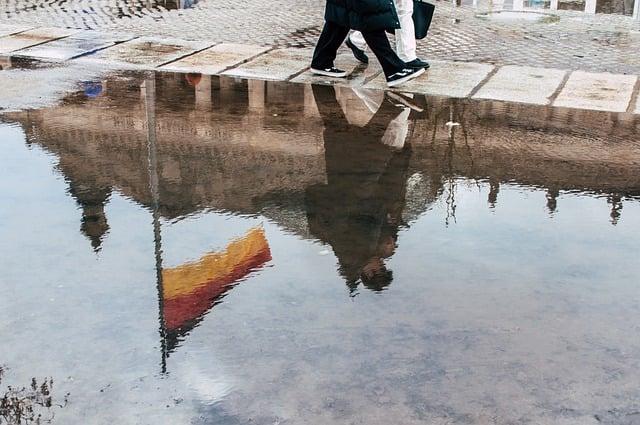
Understanding the Role of Banner Art in Serbias Protests
In the heart of Serbia’s mass protests, banner art transcends mere visual appeal, serving as a potent symbol of dissent and unification among demonstrators. Artists and activists collaborate to transform ideas into striking visuals that resonate with the public, capturing the essence of the movement while conveying powerful messages. This art form not only adds vibrancy to the demonstrations but also fosters a sense of community, where each banner tells a story that echoes the frustrations, hopes, and aspirations of the people. Through creativity, protesters can weave intricate narratives that challenge the status quo, inviting dialog and reflection.
The banners often address critical social and political issues through a combination of slogans, vibrant colors, and striking imagery. Key themes displayed include:
- Corruption: Visual representations of corrupt officials and systemic injustice.
- Environmental Concerns: Art advocating for ecological awareness and sustainability.
- Human Rights: Emphasizing equality and the protection of marginalized communities.
This rich tapestry of artistic expression has become an essential component of Serbia’s protest landscape, giving voice to the citizens’ demands while making a bold statement that cannot be ignored.

The Creative Symbolism Behind Protest Graphics
Protest graphics serve as a powerful medium of expression, melding art with socio-political commentary. In Serbia’s recent protests, creativity has been unleashed through vibrant banners and striking visuals that articulate collective grievances and aspirations.These graphics convey messages that resonate deeply, fostering a sense of unity among diverse groups. Essential elements of protest graphics include:
- Imagery: Bold illustrations that capture the essence of demands and emotions.
- Color Schemes: Strategic use of colors to evoke feelings of urgency and hope.
- Textual Elements: Punchy slogans that succinctly encapsulate dissatisfactions and calls to action.
The effectiveness of these graphics lies not only in their aesthetic appeal but also in their ability to distill complex narratives into visual language. They frequently enough incorporate cultural references and local symbolism, allowing protesters to connect with their heritage while voicing contemporary issues. The integration of diverse artistic styles—ranging from graffiti to digital illustrations—enriches the protest landscape. A glance at the variety of messages displayed showcases their significance:
| Symbol | Meaning |
|---|---|
| Raised Fists | Solidarity and resistance against oppression |
| Sunflowers | Hope and resilience in the face of adversity |
| Eyes | Awareness and the call for transparency |
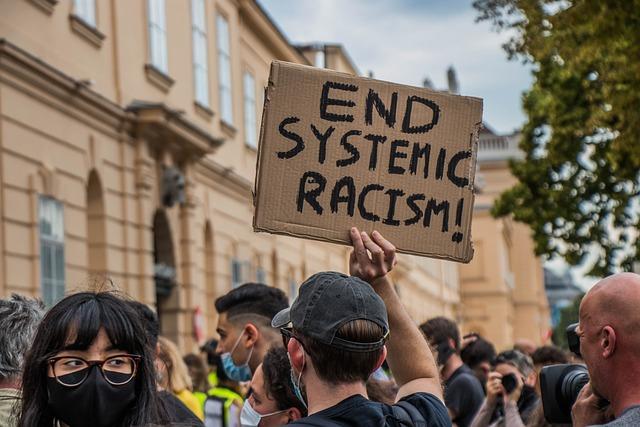
How Artists are Amplifying Voices in the Face of Oppression
In the vibrant streets of Serbia, artists are transforming a wave of discontent into a powerful visual language that resonates deeply with the masses. Through the medium of banner art, these creatives are not only making a statement about the ongoing societal issues but are also fostering a sense of unity and resilience among protesters. This artistic expression serves as a rallying cry, encapsulating the sentiments of individuals who feel marginalized or unheard. Artists are drawing on a variety of techniques, from graffiti to digital designs, to communicate messages that highlight social injustices and call for systemic change.
The dynamic interplay between art and activism has birthed a new cultural phenomenon within the protest landscape. Participants engage with messages that are both visually stimulating and politically charged, frequently enough featuring bold colors and striking imagery. Some key themes in these artworks include:
- Solidarity: Unifying messages that bring diverse groups together.
- Resistance: Art that challenges oppressive regimes and encourages perseverance.
- Awareness: Visual calls to attention about urgent social issues affecting the community.
This movement demonstrates that art can be a formidable tool in the struggle for social justice, providing a platform for voices that demand recognition and respect in the face of oppression.
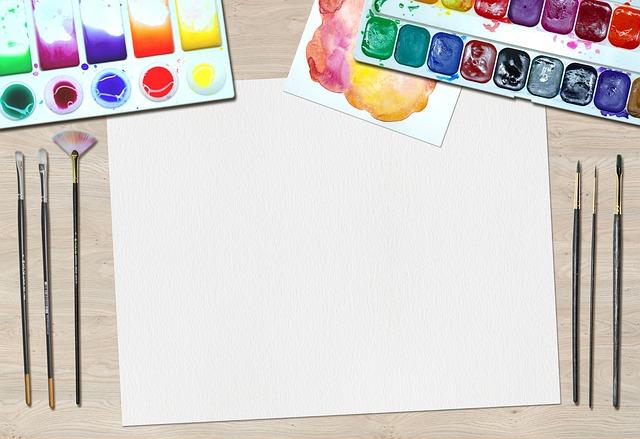
Recommendations for Engaging local Artists in Activism
To foster a vibrant and impactful connection between local artists and activism, community organizers should prioritize creating inclusive platforms that allow for diverse expressions of creativity. Organizing workshops that combine artistic skills with activism can encourage collaboration and innovation. By inviting local artists to lead these workshops, communities can build relationships while fostering a shared sense of purpose. Some effective strategies for engagement include:
- Collaborative art Projects: Facilitate large-scale mural paintings or public installations that reflect community issues.
- Exhibition Events: Host art fairs or exhibitions showcasing activist art to attract broader audiences.
- Interactive Online Platforms: Use social media to encourage artists and activists to share their work, promoting dialogue around pressing issues.
Furthermore, engaging local artists requires recognizing and amplifying their voices in the pursuit of social change. establishing mentorship programs where established artists guide emerging talents can strengthen this connection. Creating opportunities for artists to showcase their work at protests or civic events not only enhances visibility but also fosters a sense of solidarity within the community. Consider implementing initiatives such as:
- Pop-Up Galleries: Utilize vacant spaces for temporary galleries that focus on activism-themed artworks.
- Community Forums: Organize discussions that connect artists and activists to brainstorm innovative advocacy strategies.
- Collaborative Campaigns: develop campaigns that allow artists to create pieces that directly reflect the causes they are passionate about.
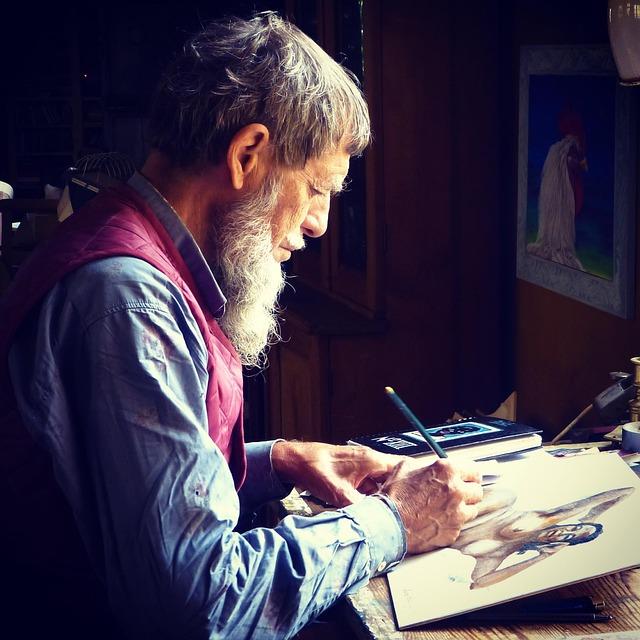
Exploring the Impact of visual Art on Public perception of Protests
The recent wave of protests in Serbia has illuminated the powerful intersection of visual art and activism. Banners, murals, and other forms of artistic expression are not merely decorative; they serve as vital instruments in shaping public dialogue around pressing social issues. Artists and protesters alike have harnessed the creative potential of the visual medium to transform the streets into a canvas of resistance, highlighting the urgency of their demands.This artistic expression communicates messages that resonate across diverse audiences, often simplifying complex issues into relatable visuals that provoke thought and inspire action.For example, iconic imagery and clever slogans have the power to mobilize those who may not have previously engaged in political discourse.
Notably, the impact of these artistic endeavors extends beyond mere aesthetics—they foster a sense of solidarity among protesters and spectators alike.Through collaborative art projects and community workshops, participants not only express their grievances but also actively engage in the creative process, thereby cultivating ownership over their message. The use of eye-catching designs and bold color schemes enhances visibility, ensuring that the protest art captures the attention of passersby, media outlets, and the wider public.As these artworks circulate through social channels, they amplify the protest’s reach, making it more likely for the core issues to penetrate the mainstream narrative. Structured around ideas like freedom,justice,and equality,the visual elements of the protests become powerful symbols of collective identity and purpose.
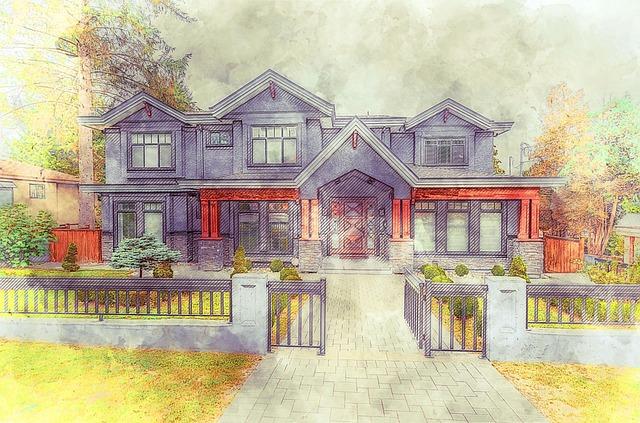
Future Directions for artistic Expression in Movements for Change
The ongoing mass protests in Serbia have showcased the power of artistic expression as a tool for mobilization and resonance. As movements evolve, so too does the role of creativity in articulating dissent. The future of these expressions could see a significant shift towards interactive art installations that invite participation from onlookers,fostering a sense of community and collective action. Engaging the audience not only amplifies the message but also embeds it deeper within the social fabric. Future directions may include:
- Augmented Reality Experiences: Utilizing technology to overlay messages or art onto public spaces, allowing for a digital narrative that complements physical banners.
- Collaborative Mural Projects: Encouraging community involvement in the creation of public art that reflects local struggles and triumphs.
- Performance Art: Incorporating live performances as a means of storytelling, allowing for emotional resonance and a lasting impact over static posters.
Additionally,as environmental concerns rise,art in protests could evolve to embrace sustainability. The use of recyclable materials for banners and art pieces not only minimizes waste but also sends a powerful message about environmental stewardship.Moreover, the integration of social media in disseminating artistic expressions could redefine their reach, encouraging global solidarity. Notable future artistic trends may include:
| Artistic Trend | Description |
|---|---|
| Upcycled Materials | Creating art from discarded items to promote sustainability. |
| Digital Art Campaigns | Utilizing online platforms to spread visual messages quickly. |
| Public Installations | Transforming public spaces into artistic statements that provoke dialogue. |
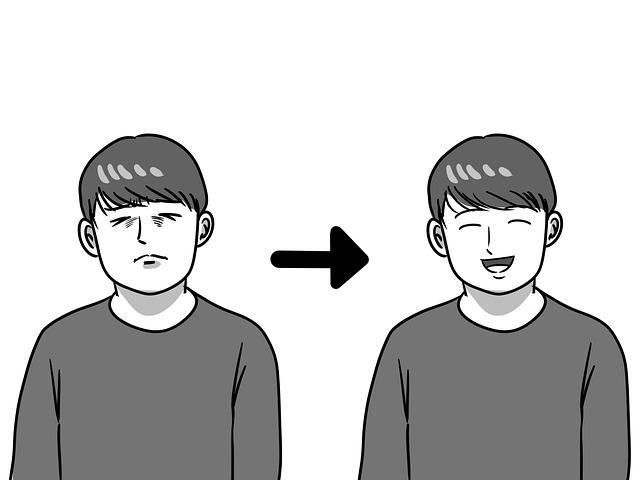
Key Takeaways
the vibrant banner art movement emerging from Serbia’s mass protests reflects not only the creativity of its citizens but also their determination to voice dissent and inspire change. As artists, activists, and everyday individuals come together to transform public spaces into canvases of expression, they are forging a powerful visual language that resonates far beyond the borders of the Balkans. These artistic efforts serve to amplify the urgent calls for accountability, democracy, and social justice, demonstrating that art can be a catalyst for political change. As Serbia continues to navigate its complex socio-political landscape, the bold statements made through these banners will undoubtedly remain integral to the ongoing discourse, capturing the spirit of a nation in pursuit of a brighter future.


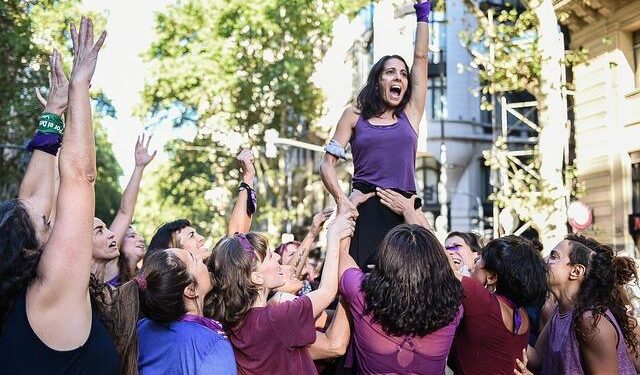

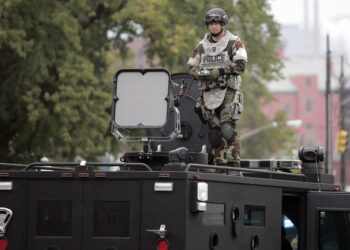

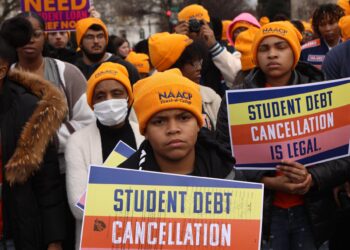
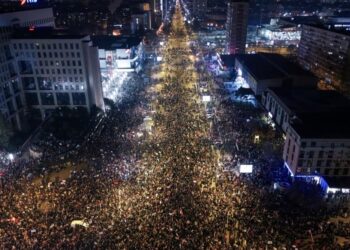








Trump is Emboldening Strongmen in Hungary and Slovakia – persuasion.community